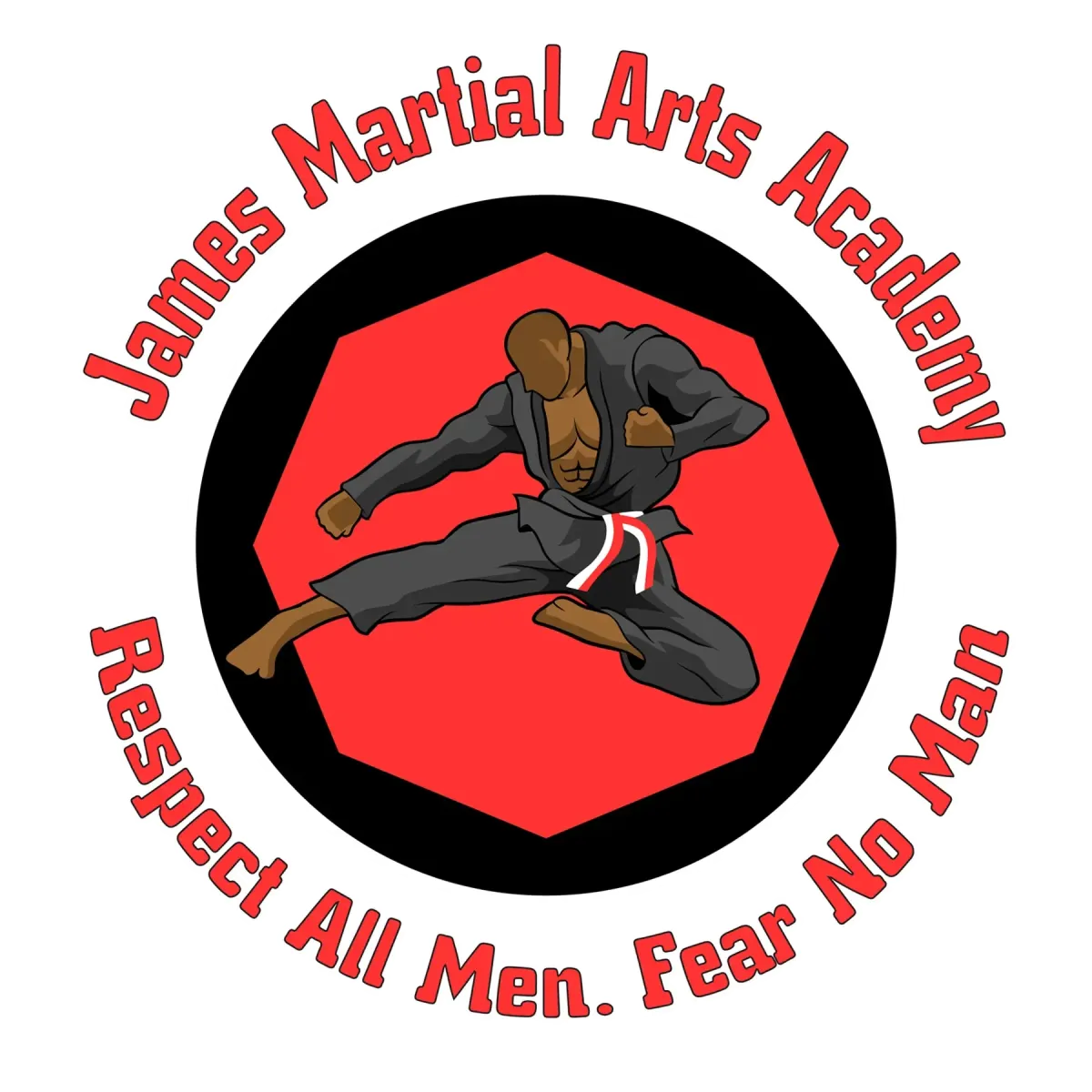Serving San Diego Families Since 2010 | 75+ ⭐⭐⭐⭐⭐ Review
History of Karate
You'll find karate's journey fascinating, as it winds through centuries of Asian martial arts evolution. From its roots in ancient Chinese kung fu to its refinement in Okinawa's hidden dojos, this fighting system has transformed from a secretive self-defense art into a global phenomenon. While you might know karate from movies or local gyms, its true story reveals surprising connections to warriors, forbidden practices, and cultural revolutions that shaped today's martial arts.
Ancient Roots in Asian Martial Arts
The ancient roots of karate stretch back over four millennia, with origins deeply embedded in Chinese, Indian, Korean, and Japanese martial traditions. You'll find its earliest influences in Chinese martial arts, dating back to the Xia Dynasty, where combat techniques were developed for military training and self-defense. These practices spread through monasteries, soldiers, and traveling teachers across Asia. In India, Kalaripayattu emerged around the 3rd century BCE, integrating physical conditioning with spiritual disciplines. Korea contributed unique fluid movements through Taekkyon, while Japan's samurai culture gave rise to specialized combat schools and the ethical framework of bushido. Together, these traditions created a rich tapestry of martial knowledge, emphasizing both armed and unarmed combat techniques, that would eventually shape modern karate.
The Birth of Okinawan Te
During the early development of martial arts in Asia, Okinawan Te emerged as a unique fighting system blending indigenous combat methods with Chinese martial influences. Known as Tōde or "Chinese hand," this unarmed combat style took root in three main Okinawan villages: Shuri, Naha, and Tomari, each developing its distinct characteristics. You'll find that Okinawan Te evolved naturally from necessity, as commoners had limited access to weapons. The style emphasized practical foot fighting, incorporating kicks, strikes, and grappling techniques. While legends trace its origins to an Indian Buddhist monk named Daruma, the art's true development stemmed from cultural exchanges through traders and monks. Even after Japan's annexation of the Ryukyu Kingdom in 1879, Okinawan Te maintained its unique identity and local characteristics.
From Island Art to Japanese Tradition
Through decades of cultural exchange and trade, Okinawa's rich martial arts traditions evolved into what is now recognized as modern karate. In the late 17th century, three distinct styles emerged in Okinawan villages: Shuri-te, Naha-te, and Tomari-te, each reflecting its local influences while incorporating elements of Chinese kung fu. The art's journey to mainland Japan accelerated when Anko Itosu introduced karate into Okinawan schools around 1905. This breakthrough shifted karate from a secretive practice to a structured educational system. You can trace many of today's karate techniques to masters like Sokon Matsumura, who served as the royal family's instructor and blended Chinese martial arts with indigenous fighting methods. His influence, along with other Okinawan masters, remains evident in karate dojos worldwide.
Philosophy and Training Methods
Modern karate embodies a rich blend of physical techniques and philosophical teachings that shape both mind and body. You'll find that its core philosophy emphasizes respect, discipline, and peaceful conflict resolution, viewing training as a lifelong journey of self-improvement, known as Do. Training methods combine kata (predefined movement sequences), kumite (sparring), and intensive physical conditioning. You'll practice kata to master form and precision, while kumite helps you apply techniques in realistic situations. Mental training, influenced by Zen Buddhism, develops your focus and emotional control through meditation and visualization. Whether you're breaking boards, perfecting your stance, or practicing breathing control, each aspect of training serves to unite mind and body while reinforcing karate's fundamental virtues of humility, perseverance, and integrity.
Worldwide Impact and Evolution
The global journey of karate spans over a century, transforming from Okinawan fighting techniques into a worldwide phenomenon. After reaching mainland Japan in the 1920s through Gichin Funakoshi's Shotokan style, karate rapidly spread internationally during the 1960s and '70s. You'll find that martial arts movies featuring stars like Bruce Lee and Chuck Norris played a crucial role in popularizing karate across Western nations. As karate spread, it evolved into diverse styles and schools, each adapting to local influences while maintaining core traditions. The establishment of dojos worldwide, standardized belt systems, and formal competitions has helped preserve karate's integrity. This evolution culminated in karate's Olympic debut at the Tokyo 2020 Games, cementing its status as both a traditional martial art and a modern sport.
Conclusion
You'll find that karate's legacy spans centuries, from its ancient Asian origins through its development in Okinawa and refinement in Japan. Whether you're practicing in a local dojo or watching Olympic competitions, you're part of a tradition that blends physical mastery with spiritual growth. Today's karate continues evolving while holding true to its core principles of discipline, respect, and continuous self-improvement.
We Serve San Diego's East County
La Mesa
Santee
Rancho SaN Diego
Spring Valley
Lemon Grove
La Presa
Granite Hills
Bostonia
Winter Gardens
El Cajon
James Martial Arts Academy we're a family-focused martial arts school serving San Diego since 2010. We help kids from 3-17 (and adults too!) build real confidence, get fit, and learn self-defense that actually works—all in a supportive environment where everyone belongs.
Copyright 2025. James Martial Arts Academy. All Rights Reserved.

